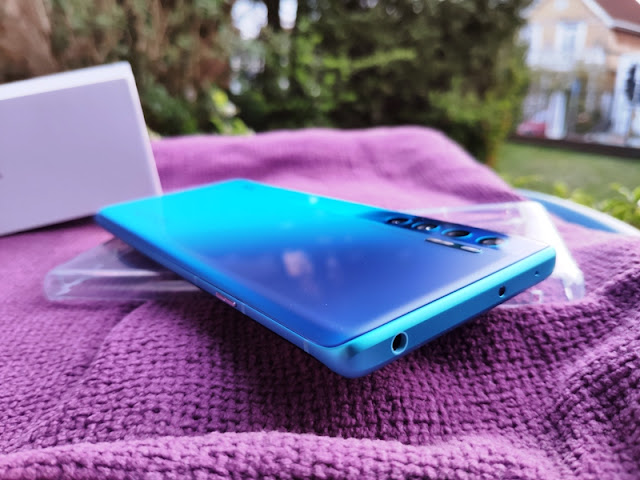









Both bluetooth and dongle connectivity have a 10-meter wireless range though, the dongle delivers a more reliable signal because of the dongle's dedicated radio frequency; hence no interference issues like you can get when you have connected bluetooth devices in close proximity of each other.



















7.1 surround sound, as well as adjust the EQ, change mic settings and customize presets that you can activate via the small button on the left earcup.














0 comments